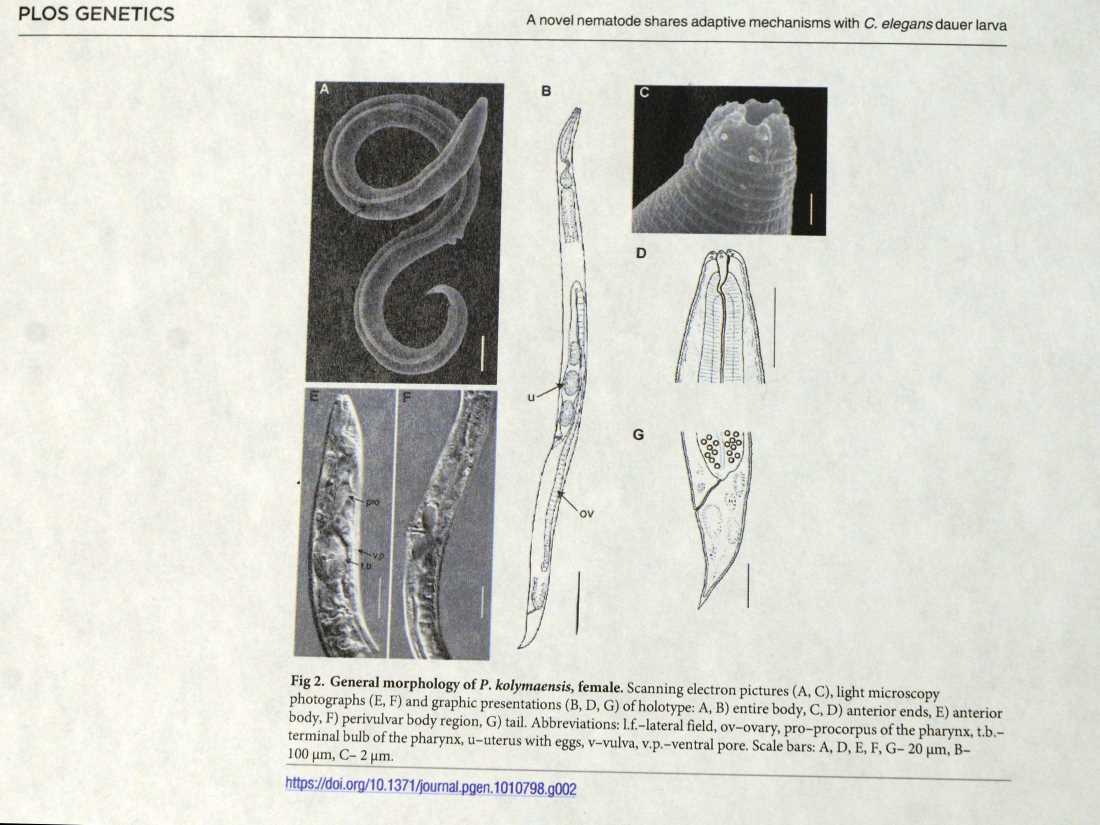The Worm That Slept for 45,000 Years and Woke Up to Revolutionize Medicine
Imagine a world where human organs could be stored for extended periods without decay, ready for transplantation when needed. This could soon be a reality thanks to the discovery of a 45,000-year-old worm in Siberia, a marvel of nature that survived by entering a state of “suspended animation.”

In a groundbreaking scientific revelation, researchers from Russia and Germany recently discovered a worm that survived in the Siberian permafrost for an astonishing 45,000 years. This news is buzzing through the international scientific community, captivating not just biologists, but also specialists in the medical field. Alejandro Oceguera Figueroa, a researcher from the Institute of Biology at UNAM, shed light on how this discovery could herald significant advancements in medicine, particularly in organ preservation.
The worm in question employs a phenomenon known as “cryptobiosis”—a state where an organism significantly reduces its metabolic activities, almost to the point of being undetectable. This allows it to survive extreme conditions for an indefinite period. “It's like the worm enters a state of suspended animation,” Figueroa explained. “And once favorable conditions return, the organism ‘wakes up,’ as if nothing had ever happened.”




